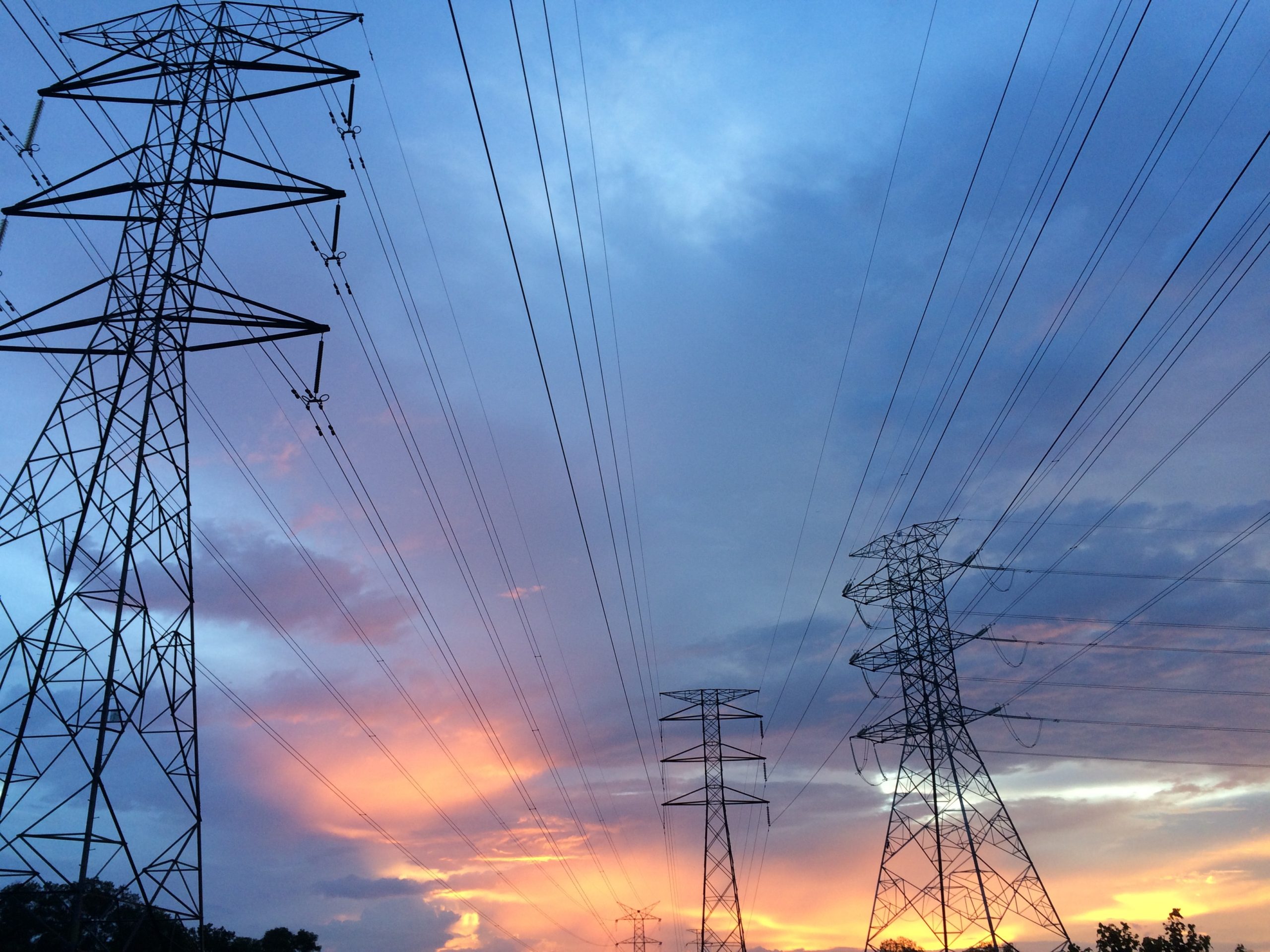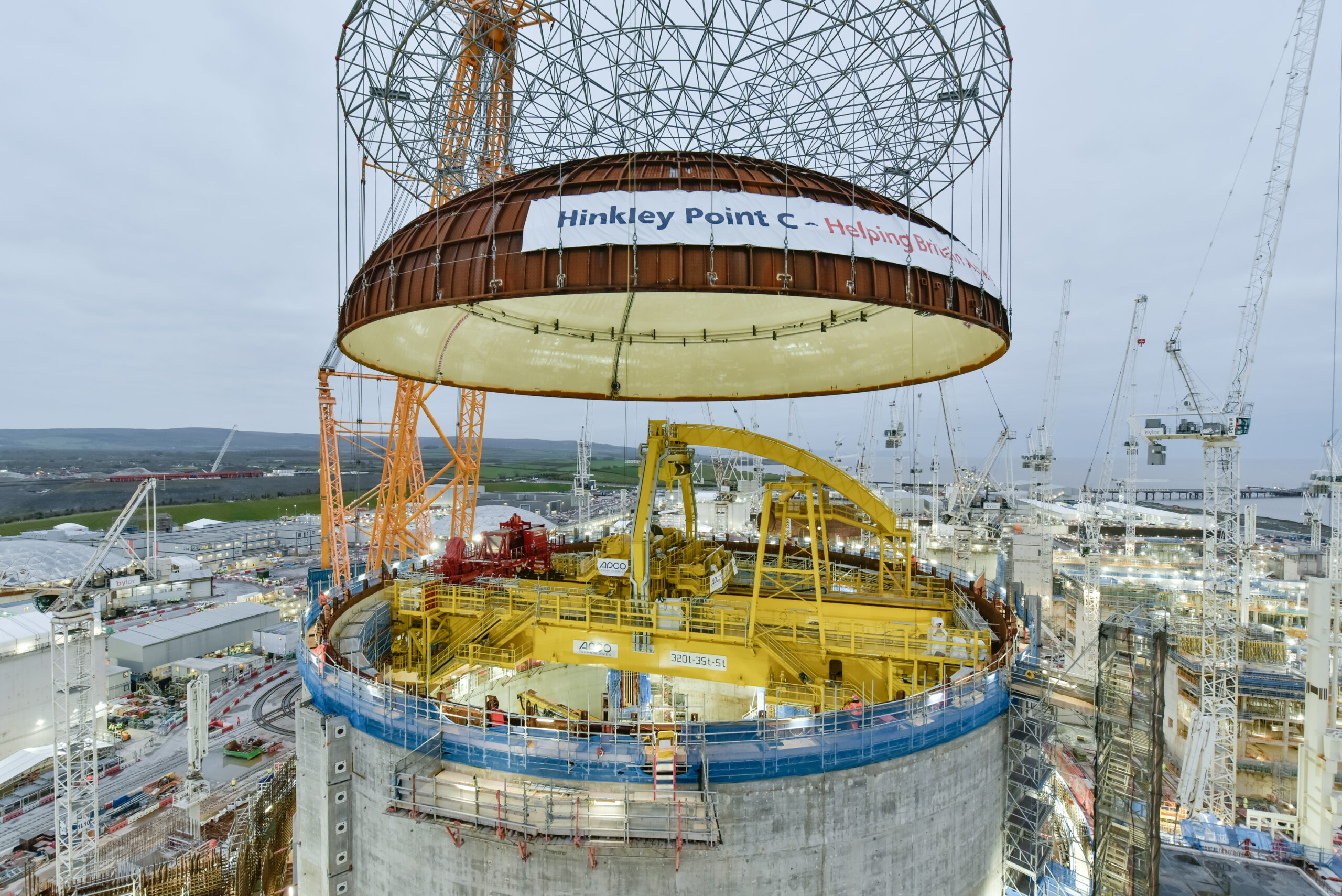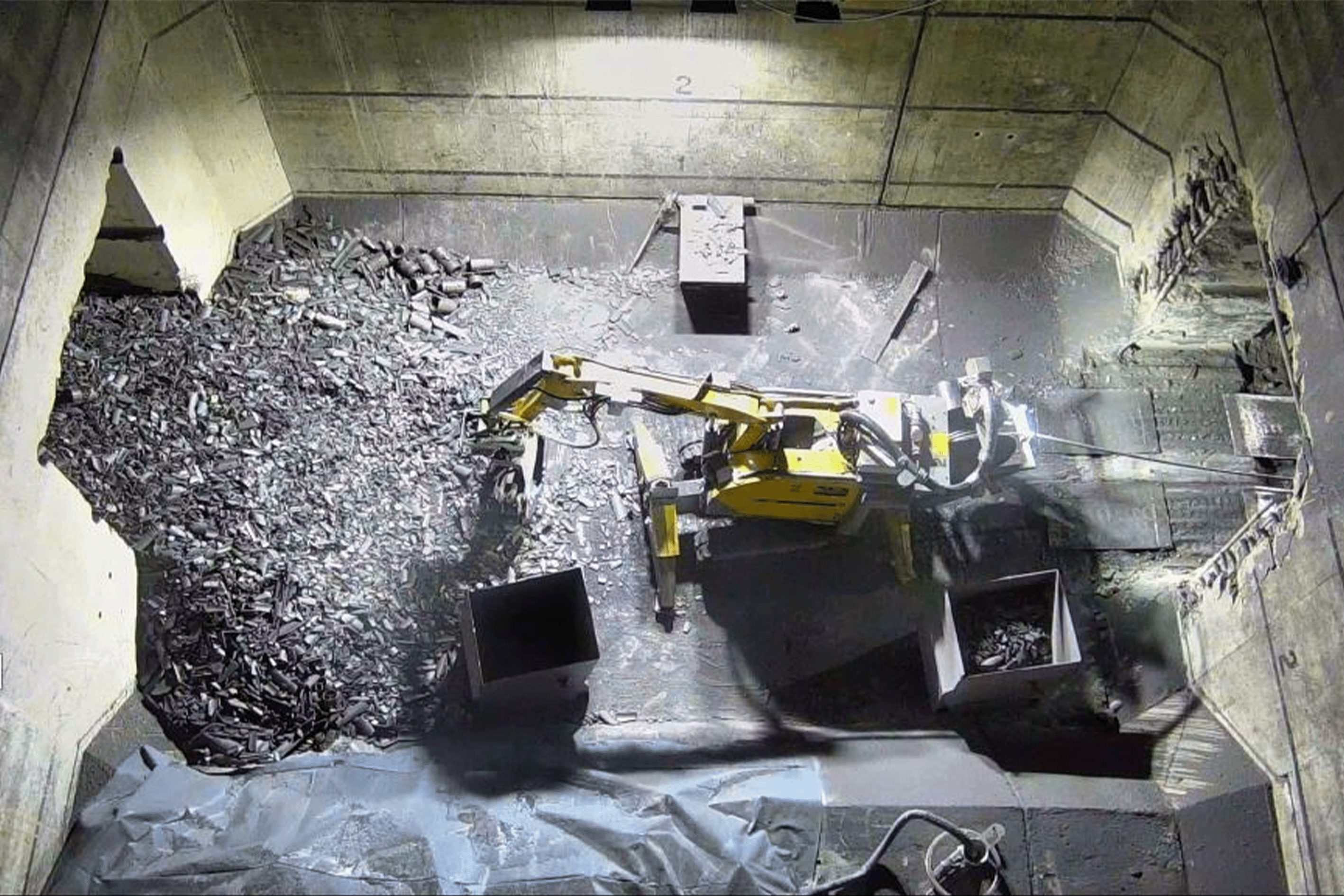Balancing an unstable grid with gas cost almost £100 per household in 2021
The cost of balancing the UK power grid rose by 48% year-on-year in 2021 to £2.65 billion, making it the most expensive year on record, according to data from the National Grid Electricity Systems Operator (ESO) analysed by the Nuclear Industry Association (NIA). The costs are equivalent to every UK household paying an extra £95, as the ESO says that they “are ultimately borne by consumers.”
The energy crisis beginning in September meant costs spiralled to £1.43 billion over just the final four months of the year, ESO data shows. This is the consequence of the UK relying on imported gas to fill the gaps in electricity generation when output from other sources is lower. Spot prices for gas-fired electricity have hit £5000/MWh during the crisis.
Nuclear, by contrast, has been a cheap and reliable generator throughout the crisis, providing electricity at just £45/MWh.
Nuclear reduces balancing costs because its output is stable and predictable day-to-day, in contrast to gas-fired power. The Government estimates building a new nuclear power station would cost less than £1 per month for consumers and would cut costs by £30 billion in the long-term, per power station. New stations, enabled by the Regulated Asset Base (RAB) financing bill, would cut the UK’s need for expensive fossil fuels to cover gaps in generation, and provide a backbone of firm, clean power.
The balancing mechanism is one of the main tools used by National Grid ESO to balance supply and demand in real-time. The mechanism is needed because electricity cannot be stored and must be generated at the time of demand.
Tom Greatrex, Chief Executive of the Nuclear Industry Association, said:
“The eye watering sums UK consumers will spend to prop up an unstable grid is the price of not investing in nuclear power. We urgently need to get the ball rolling with large-scale stations and a fleet of Small Modular Reactors to provide stable, predictable, clean power and to avoid these costly fossil-fuel induced crises in the future.”
-ENDS-
Notes to editors
- The ONS estimates there are 27.8 million households in the UK.
- National Grid ESO monthly balancing costs can be found here: https://data.nationalgrideso.com/balancing/mbss
- The United Nations Economic Commission for Europe (UNECE) confirms that nuclear has the lowest lifecycle carbon of all technologies and the lowest land use and lowest mining and metal use of all low carbon technologies.
- The UK has six generating nuclear power stations, providing around 16% of the country’s electricity.
- Nuclear power has saved the UK 2.32 billion tonnes of carbon emissions, far more than any other source. The saving is equivalent to all UK emissions from 2015 through 2020.
- Three stations will retire by March 2024, and all but one will retire by 2030.
About the Nuclear Industry Association
As the trade association for the civil nuclear industry in the UK, the Nuclear Industry Association represents more than 200 companies across the UK’s nuclear supply chain.
Links
Visit our website: https://www.niauk.org/
Follow the NIA on Twitter @NIAUK and LinkedIn
For further information, please contact:
Iolo James
Media & Communications Manager
[email protected]
07517108023












